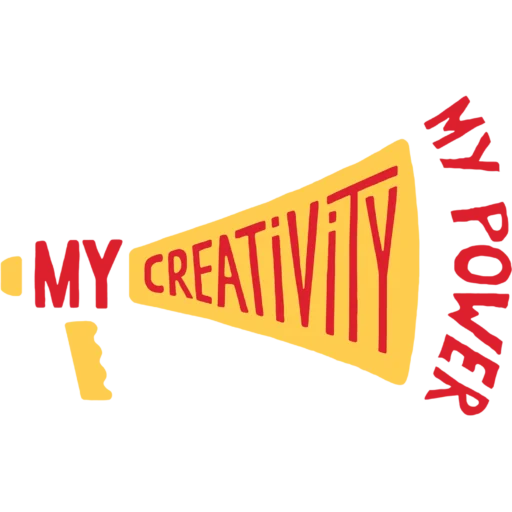Artivism
Description
‘Artivism’ is an interactive workshop that combines art and activism. Participants create (individually or in groups) artforms to express their own political demands.
Target group
Teenagers.
Number of participants
Min number of participants: 3
Max number of participants: 15
Number of facilitators: 1-2
Environment
Open space or bigger room (a classroom) or outside.
Time needed
5-8 hours.
Materials
Tables, scissors, T-shirts, flyers, flags, banners, bags, knife, paints, chalk, sprays, chalk sprays, sponges.
Objective/aim
The objective is to work on social skills for young people through both developing own political demands and expressing them through collective art making.
Step by step instructions
Step 1.
Introduction to activism. Facilitators present some examples of artworks created by activists, such as: Banksy, Graphity, wall writing, Fridays for future and others. Participants are asked to find artists of this kind from their zones, regions, etc.
Step 2.
Introduction to low emission technique in fine arts. Facilitators present some examples of low emission techniques in fine arts such as: arte povera, installation made by trash, up-cycling art, ready mades, performative actions. Participants are asked to find some other examples of this kind known by them.
Step 3.
Interactive discussion on political demands and possible methods of their expression. Interactive discussions on which political demands the participants want to express. Some important questions could be: What bothers you? What would I/we like to change? What is important to me/us? There can be some other questions addressed.
Discuss on possible methods (techniques) of expression of political demand. It could be pictures, images, imaginations, code-subculture. Address how to communicate political demands through slogans and visuals.
Step 4.
Preparing sketches
Participants should work individually or in groups. Three slogan pictures should be created by each person or a group. Then each slogan should be presented by their creators and discussed by the whole group of participants and facilitators.
Step 5.
Techniques explanation. Facilitators explain some methods/techniques of artistic expression that can be used. Explanation refers to such techniques as: stencil, painting, writing, stamps, pictogram.
Step 6.
Participants chose one technique and try to make their own artwork. Two methods are possible: first, DIY (do-it-yourself) method; second, DIT (do-it-together) method. Presentation of results of workshops by each participant/group.
Step 7.
Final discussion on art and activism. Finding a part of the common is needed. Two main questions are addressed: what participants really want to do (express)? How to do it?
Tips for the trainer
Avoid making lectures, rather use question and answer method.
Be open to unexpected ideas.
Any other comment
Artefacts made in workshops can be brought home by participants.
